To change permission using the Linux chmod command we have to follow some syntax and rules chmod example withdraw user rights In our second example, we'll withdraw the writing rights in file2txt for all users (including the owner) using the following chmod command chmod aw file2txt The command refers to all user classes (a), and withdraws () their writing rights (w) for file2txt The final entry isThe Linux command to change permissions on a file or directory is chmod, which we like to read as change file mode chmod has two operating modes symbolic mode;
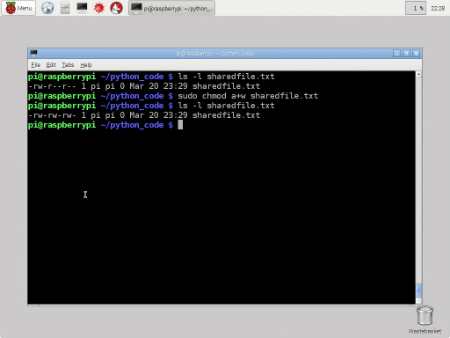
Working With File Permissions On Your Raspberry Pi Dummies
How to use chmod command in linux with examples
How to use chmod command in linux with examples-Chmod stands for change mode, which changes the file or directory mode bits To put it simply, use chmod command to change the file or directory permissions Following is a sample of ls l command output In this, the 9 characters from 2nd to 10th position represents the permissions for the 3 types of users Three file permissions read permitted to read the contents of file We want the user dave to have read and write permissions and the group and other users to have read permissions only We can do using the following command chmod u=rw,og=r new_filetxt Using the "=" operator means we wipe out any existing permissions and then set the ones specified let's check the new permission on this file ls l new_filetxt




Linux Unix Changing Permissions With Chmod Vinish Kapoor S Blog
How to use Chmod command in Linux Explained with Examples This tutorial explains chmod command symbolic notation (r, w, x, a) and octal notation (0, 1, 2, 4) in detail with chmod command arguments and options Learn how chmod command is used to manage Linux permission levels (user, group and other) and types (read, write and execute) step by step with practical examples Here are some examples of how to use the chmod command in numeric mode Give the file's owner read and write permissions and only read permissions to group members and all other users chmod 644 dirname;To change the file permission of multiple files, specify the file pattern with the chmod command For example, if we want to set read and write permission for all text files, specify the * txt pattern with chmod command
In this context, we shall look into how to use chmod to change the permissions of files and directories in Ubuntu 04 1 Viewing system file Permissions To view the permissions for a file, use the command $ ls –l The first character identifies if it's a file (Chmod examples Below are some real world examples of the chmod command Add execute permissions to a file (note this will make it executable to everyone as I am not specifying user, group or other) 1 chmod x filenamesh Add execute permissions to the user for a file 1 chmod ux filenamesh Set read, write, execute to everyoneOthers can read only" chmod R 755 myfiles Recursively (R) Change the permissions of the directory myfiles, and all folders and files it contains, to mode 755User can read, write, and execute;
chown command is used to change the file Owner or group Whenever you want to change ownership you can use chown command Syntax chown OPTION OWNER GROUP FILE chown OPTION –reference=RFILE FILE Example To change owner of the file chown owner_name file_name In our case we have files as follows Chmod (change mode) is one of the most frequently used commands in unix or linux operating system The chmod command is used to change the file or directory access permissions To know about the access permissions of a file or directory, use the ls l command as shown below $ ls l samplesh rwxrwr 1 matt deploy 94 samplesh Examples chmod 644 filehtm Set the permissions of filehtm to "owner can read and write;




File Permissions In Linux Using Chmod Command Pro Tech Guides
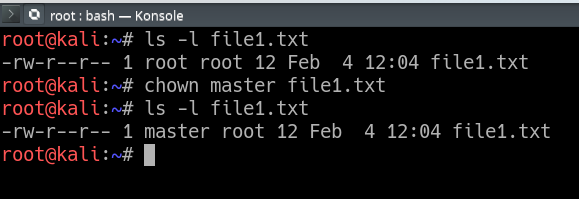



Chown Command In Linux With Examples Geeksforgeeks
Chmod Command in Linux (File Permissions) Chmod_Command_in_Linuxpng In Linux, access to the files is managed through the file permissions, attributes, and ownership This ensures that only authorized users and processes can access files and directories This tutorial covers how to use the chmod command to change the access permissions ofNow, let's check out some examples of using the chmod command with symbolic form in Linux Example 1 Setting "read by owner only" file permission using chmod command In this example, we will change the file permissions of "testfile" so that only the owner can read it Other than this permission, no other group or user can read, write or execute this file chmod examples using octal mode First column shows the chmod command , second column shows how the value is calculated for the permission last columns of owner, group, others shows individual octal values and actual bit set on file as seen by ls l




Working With File Permissions On Your Raspberry Pi Dummies




How To Run A Script In Linux Nixcraft
H ow do I use chmod and chown command under Linux / Unix operating systems? Now, let us see how chmod command can be used to change the access mode of a file Example 1 Let's change the assgn1_clientc permission so that the owner cannot write(w) in the file but can only read it BEFORE rwrwr mik mik assgn1_clientc COMMAND chmod u=r assgn1_clientc AFTER rrwr mik mik assgn1_clientc BeforeGroup members and other users can read and execute,




Chmod Command In Linux With Examples Geeksforgeeks




50 Most Frequently Used Unix Linux Commands With Examples
Group can read only;This Linux chmod command tutorial shows you to change file permissions including mode, octal and binary of files and directories with examples and syntax F The chown command stands for "change owner" is used to change the owner of a given file or folder In this tutorial, we will show you how to use the chown and chmod command through simple examples Working with chown command The syntax of the chown command is shown below chown OPTIONS USERGROUP FILE(s) Where USER is the name of the
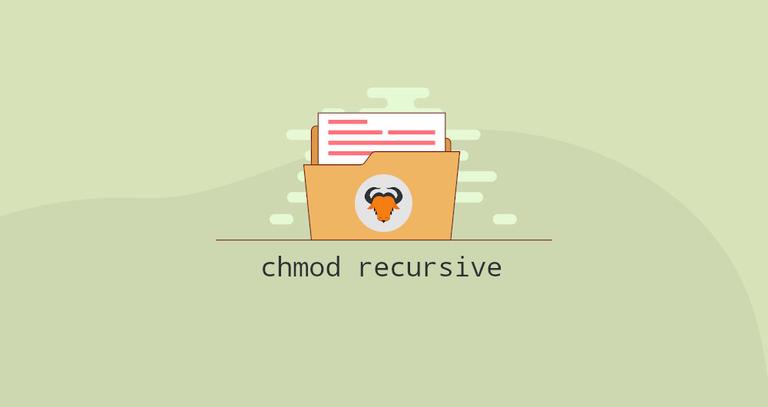



Chmod Command In Linux File Permissions Linuxize




How To Use Chmod Command In Linux Explained With Examples
The chmod command can be used with both letter permissions or value permissions For example, we can specify the read and write permission with the w and r letters We can also use the digit presentation by summing the read and write values 42 = 6 We can use digit 6 to express read and write permissionUse the chown command to change file owner and group information we run the chmod command command to change file access permissions such as read, write, and access This page explains how to use chmod and chown command on Linux or Unixlike systems In this tutorial, we will discuss how to change file permissions in Linux using chmod command 1) Change permissions using Numeric (octal) method Permissions (access modes) can be changed with the chmod command by using some operators (, or =) to assign permissions (r, w or x) to a specific user (u, g, o or a)




9 Quick Chmod Command Examples In Linux
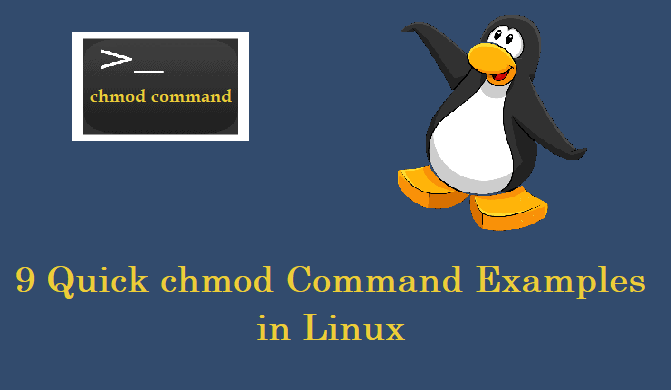



9 Quick Chmod Command Examples In Linux
In this example we want to provide sudo privilege to user "deepak" from my Linux server to be able to execute chown and chmod as root user Example to understand first field of sudoers file I will create a new file under /etc/sudoersd/ by the name "custom", you can use any name as per your requirement # touch /etc/sudoersd/custom The syntax is the rule and format of how the chmod command can be used the systax options can be reordered but a straight format must be followed, Below is an example syntax of how to use the chmod comamnd chmod OPTION MODE ,MODEChmod Command Examples in Linux By admin The chmod command enables you to modify the permissions of a file or directory Only the owner of the file or directory or the system administrator can change the permissions of the object




How To Use Chmod Command In Linux Explained With Examples




Linux Commands Chmod
The find command will search for files and directories under /var/www/examplecom and pass each found file and directory to the chmod command to set the permissions Conclusion # You successfully learned how to use chmod command to set or change the file and directories permissions using either the symbolic or numeric modeFor example, if you use the recursive chmod command on any directory, the digits will automatically reset to 777 As a result, any user on your system will have the power to delete, create, and modify any file on your directory chmod u=rwx,g=rx,o=w exampletxt This is means apply read write and execute permissions to owner, and assign read and execute to group , and assign write permission to other owner ,No permissions to group and everyone example3txt chmod u=rwx example3txt Copy
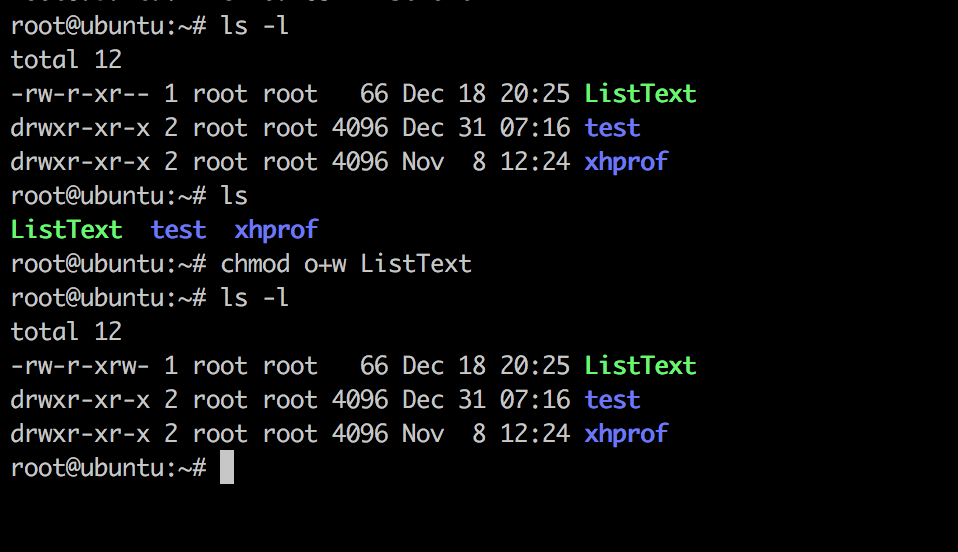



Linux Chmod Command Linuxfordevices



Best Linux Chmod Command With Examples
Changing file permissions with chmod command using octal notation To change file permissions of a file use the syntax below chmod octal value filename For example, to change file permissions of a file file1txt, to say rwrr execute chmod 644 file1txt This is illustrated in the calculation belowGive the file's owner read, write and execute permissions, read and execute permissions to group members and no permissions to all other users How to use the chmod Command in Linux The chmod (change mode) command is used to set access permissions for a file or a directory to protect them from unauthorized access to users on the same system The basic permissions are read, write & execute and these permissions are limited to owner, group or everyone else on the system
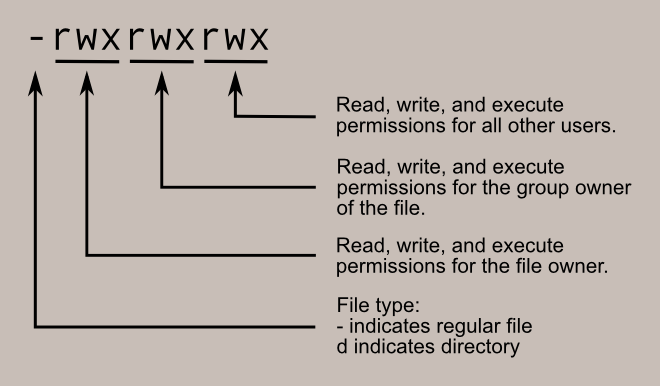



Learning The Shell Lesson 9 Permissions



1
If you are going for a console command it would be chmod R 777 /www/store The R (or recursive) options make it recursive Or if you want to make all the files in the current directory have all permissions type chmod R 777 / If you need more info about chmod command see File permissionPerform chmod recursive with R or recursive If all your files and directories are under one parent directory then you can directly use chmod R to assign the permission recursively The syntax to modify the file and directory permission recursively chmod changesc {recursiveR} {PATH}1 Change absolute file permissions The file permission bits rwx can be represented as an Octal Character This enables us to set the absolute file permission of a file using chmod We can convert the rwx to an Octal Character, using the below rules r = 4 if the read bit is set Otherwise, r = 0
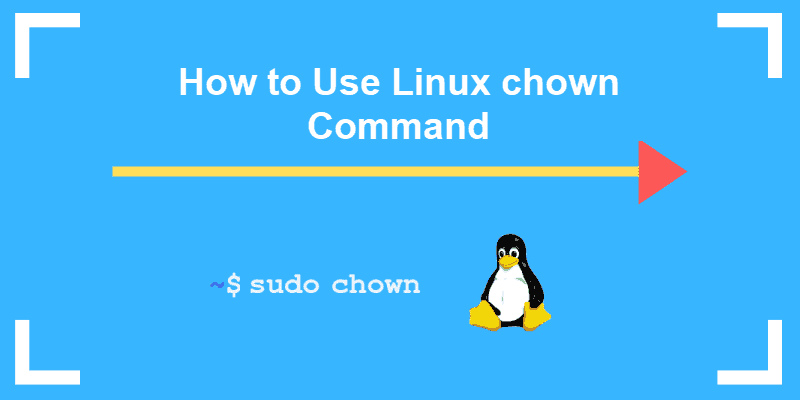



Chown Command In Linux How To Change File Ownership




Chown Command In Linux How To Change File Ownership
For this use the sign '=' For example, to copy owner/user permissions to group, use the following command chmod g=u scriptsh Another scenario could be to copy permissions for a particular file and have them for your file For this, use the reference command line option Here's the general template for using this command line option




Chmod Command In Linux With Examples Geeksforgeeks



3




Chmod Command In Linux File Permissions Linuxize



Linux
/create-directories-linux-mkdir-command-3991847-55ea75a52f7842a2af0fdfe0b7470270.gif)



How To Create Directories In Linux With The Mkdir Command




Chmod Command Linux Tutorial Syntax And Examples How To Use Chmod




The Basics Of The Chmod Command Pi My Life Up




Help Command In Linux With Examples Three Letter Words Chmod Command Names Beginning With L




How To Copy File Permissions And Ownership To Another File In Linux




9 Quick Chmod Command Examples In Linux




What Is Chmod X Command In Linux Linuxtect




Setting File And Directory Permissions Computational And Information Systems Laboratory




How To Use The Chmod Command 2 Minute Linux Tips Youtube




Linux Chmod Command Help And Examples




Introduction To The Linux Chmod Command Opensource Com
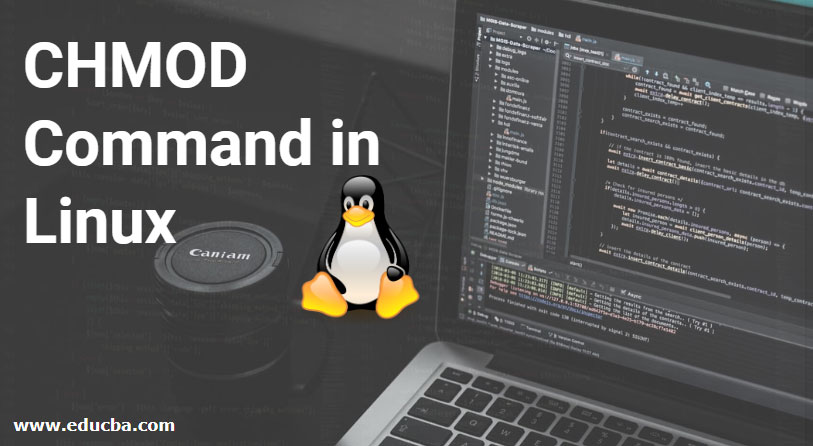



Chmod Command In Linux Operators Used In Chmod Command In Linux




What Is Chmod X Command In Linux Linuxtect
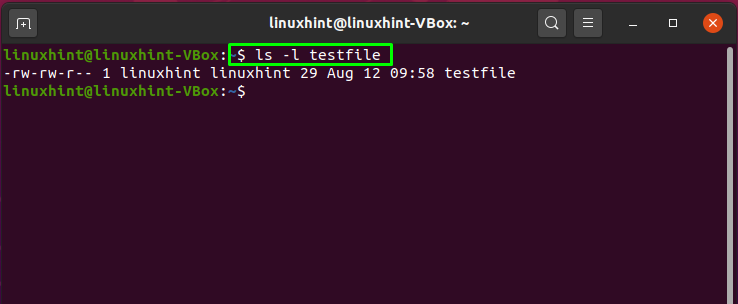



How To Use Chmod Command In Linux




How To Change Permissions And Owners Via Linux Command Line




Java67 How To Send An Email With Body And Attachment From Linux




Explained How To Use Chmod Command Complete Guide Youtube




Using Chmod X Command On Linux And Unix With Examples Systemconf
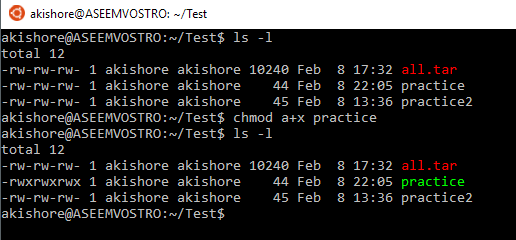



Understanding Linux Permissions And Chmod Usage
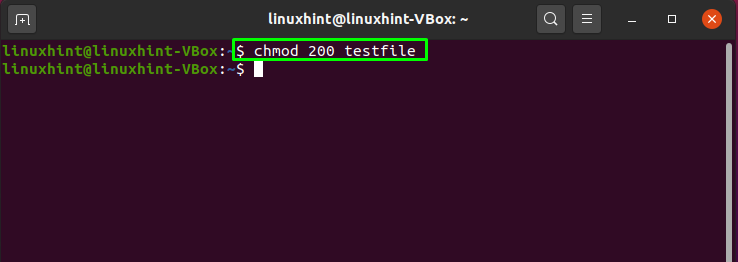



How To Use Chmod Command In Linux




11 Popular Unix Linux Chmod Command Examples To Change File Permissions Cyberithub




Linux Chmod Command Tutorial For Beginners




How To Use The Chmod Command On Linux




Chmod Command In Ubuntu 04 How It Works




What Is The Wait Command In Linux With Examples Linuxhostsupport




Restore Executable Permission To Chmod Command In Linux Ostechnix




How To Use Chmod Command In Linux Explained With Examples




Linux Unix Changing Permissions With Chmod Vinish Kapoor S Blog




Linux Chmod Command Sinhcoms Llp Blog And Update




Chmod 777 Or 755 Learn To Use Chmod Command With Examples




How To Use Chmod And Chown Command In Linux




Linux Chmod Command
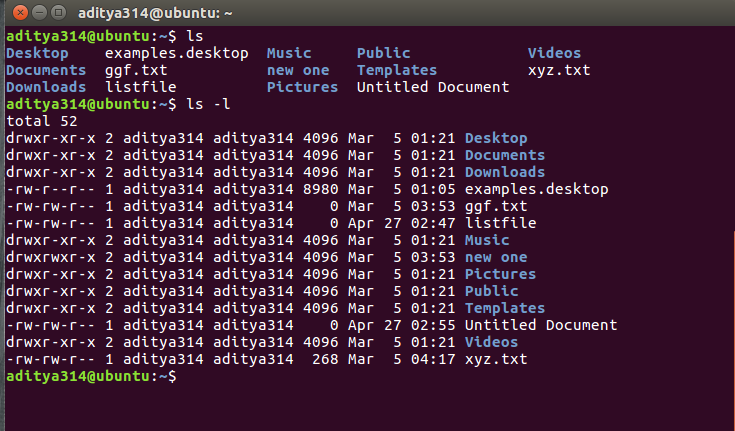



Permissions In Linux Geeksforgeeks




最も共有された Chmod Command In Linux Recursively ガブタムカ




What Does Chmod 777 Mean Linuxize
.png)



File Permissions In Linux Unix How To Read Write Change




Linux Chmod Command Tutorial With Examples Linuxtect




Understanding File Permissions What Does Chmod 777 Mean Make Tech Easier




Chmod 777 Or 755 Learn To Use Chmod Command With Examples




Modify File Permissions With Chmod Linode



Linux Chmod Command Tutorial With Examples To Change Permission Of Files And Folders Poftut




How To Use Chmod Command In Linux Explained With Examples




How To Copy File Permissions And Ownership To Another File In Linux




Top 50 Linux Commands You Must Know Journaldev




B0nstqxwqgwzjm




Linux Chmod Chown Syntax And Chmod Chown Examples




How To Use Chmod And Chown Command In Linux Nixcraft
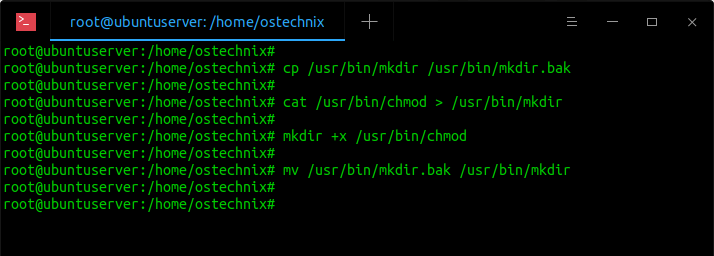



Restore Executable Permission To Chmod Command In Linux Ostechnix
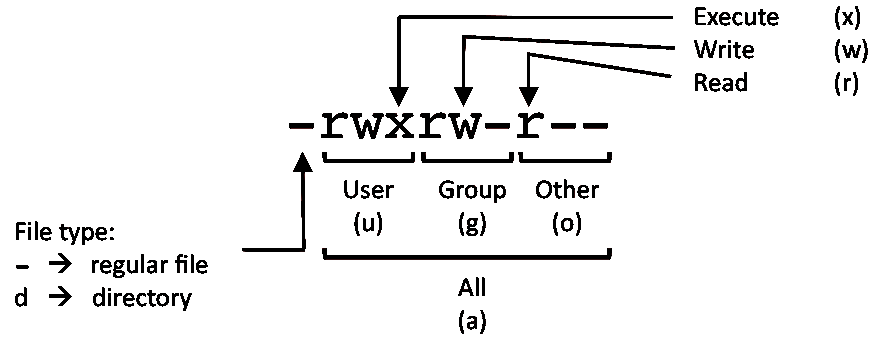



Linux Commands Cheat Sheet Linux Training Academy




What Is The Meaning Of Chmod 755 And How To Execute And Verify It
/GettyImages-1021092796-ea8c63ee76f84bd5bf98c4222337fbb4.jpg)



How To Use The Chmod Command In Linux




Javarevisited 10 Examples Of Chmod Command In Unix Linux




Linux Users And Groups Linode




File Permissions In Linux Using Chmod Command Pro Tech Guides
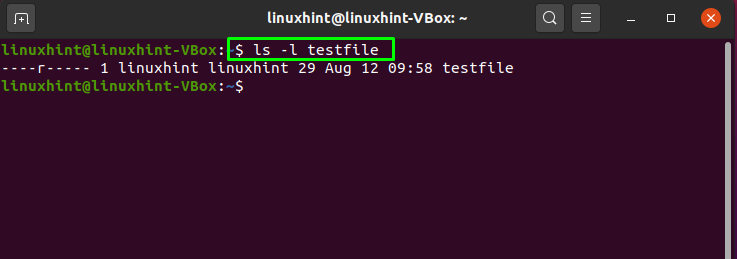



How To Use Chmod Command In Linux
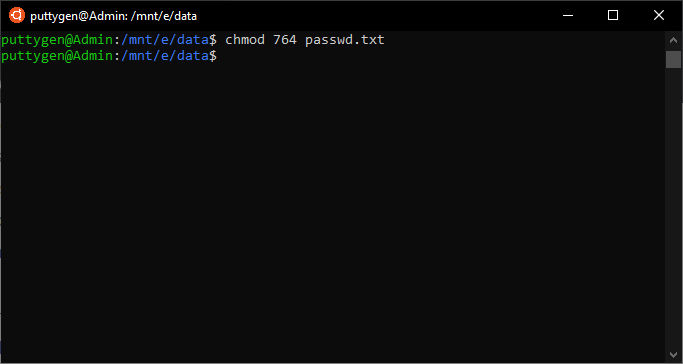



Top 50 Linux Commands With Example




Linux Chmod Command Linuxfordevices
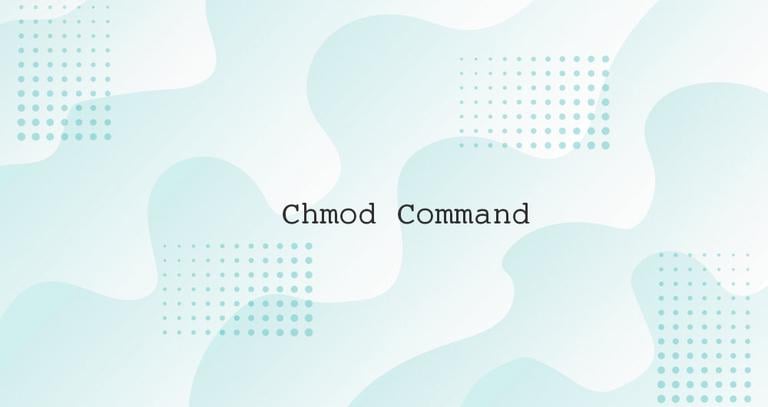



Chmod Command In Linux File Permissions Linuxize
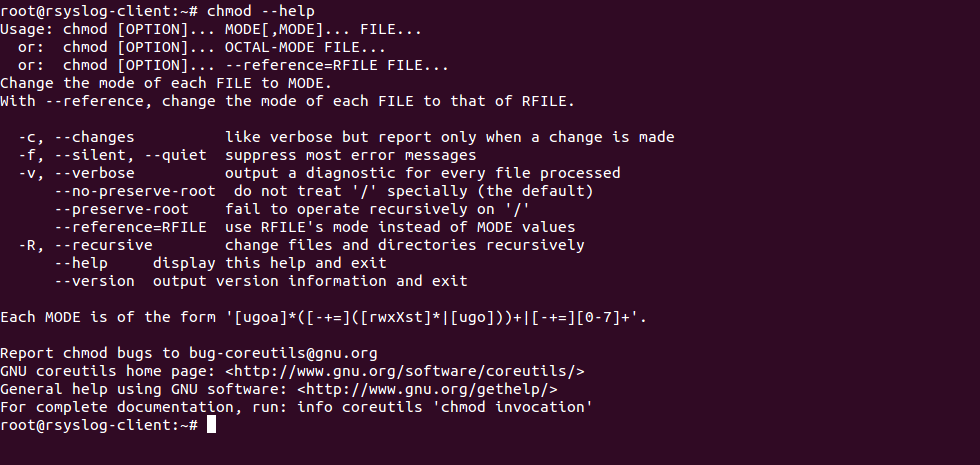



Chmod Recursive Change Permissions Recursively On Files Folders




How To Use The Chmod Command On Linux




File Permissions In Linux Unix How To Read Write Change




Linux File Permissions Tutorial How To View And Change Permission




Stickybit Suid And Sgid In Linux With Examples
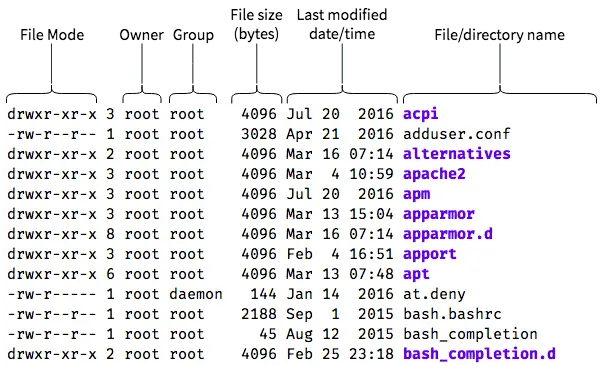



An Introduction To Linux File Permissions Boolean World
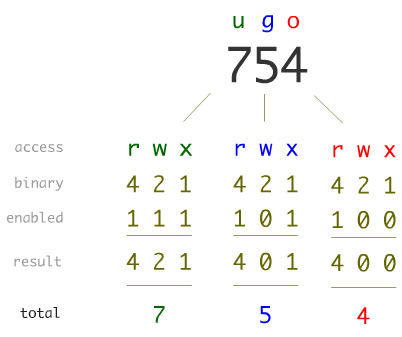



Unix File Permissions What Is Chmod Command In Unix




Chmod 755 Command What Does It Do Codefather




Linux Chmod Command Tutorial With Examples To Change Permission Of Files And Folders Poftut




How To Use Chmod Command In Linux Explained With Examples
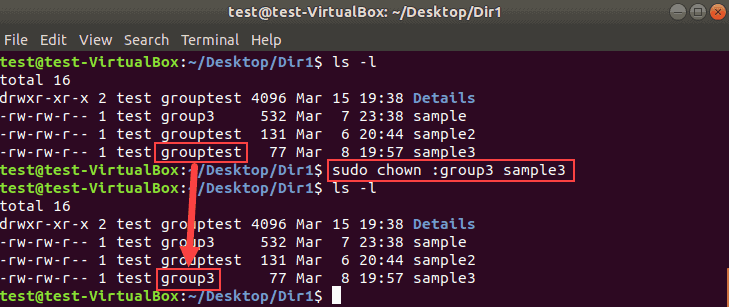



Chown Command In Linux How To Change File Ownership




Chown Command In Linux With Examples Geeksforgeeks




How To Use Chmod Command In Linux Explained With Examples




Chmod Command In Linux With Examples Geeksforgeeks
.png)



File Permissions In Linux Unix How To Read Write Change




Linux Commands Linux Tutorials Learn Linux Configuration




Best Linux Chmod Command With Examples It Smart Tricks




Linux Permissions An Introduction To Chmod Enable Sysadmin



1
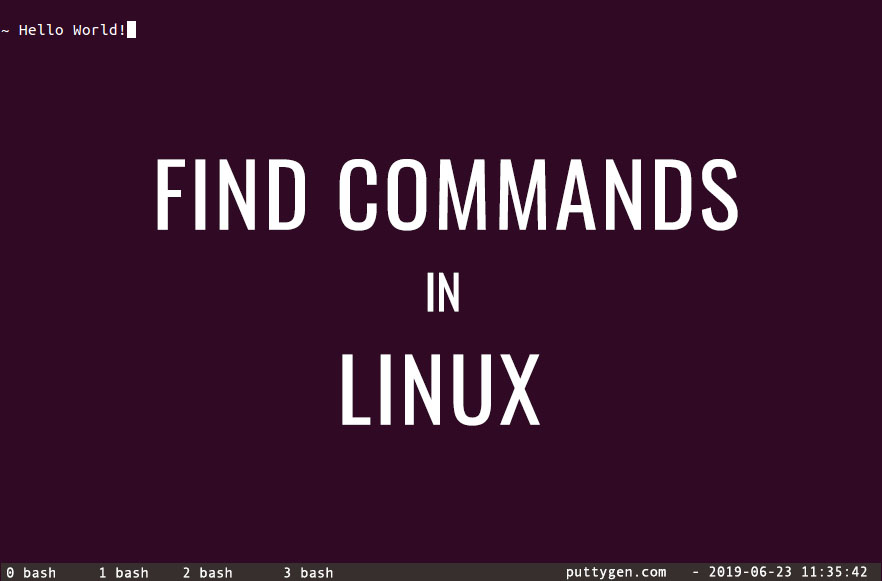



30 Find Command In Linux With Examples
.png)



File Permissions In Linux Unix How To Read Write Change




How To Use Chmod And Chown Command In Linux Nixcraft
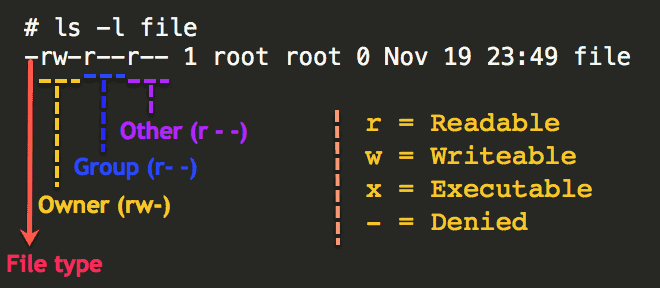



Understanding Basic File Permissions And Ownership In Linux The Geek Diary



Common Bash Commands



0 件のコメント:
コメントを投稿